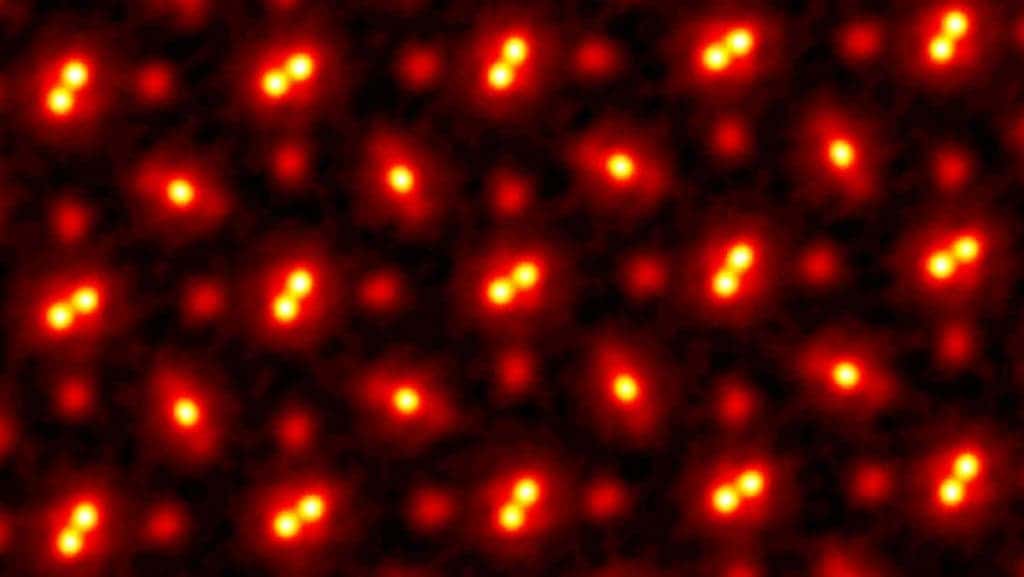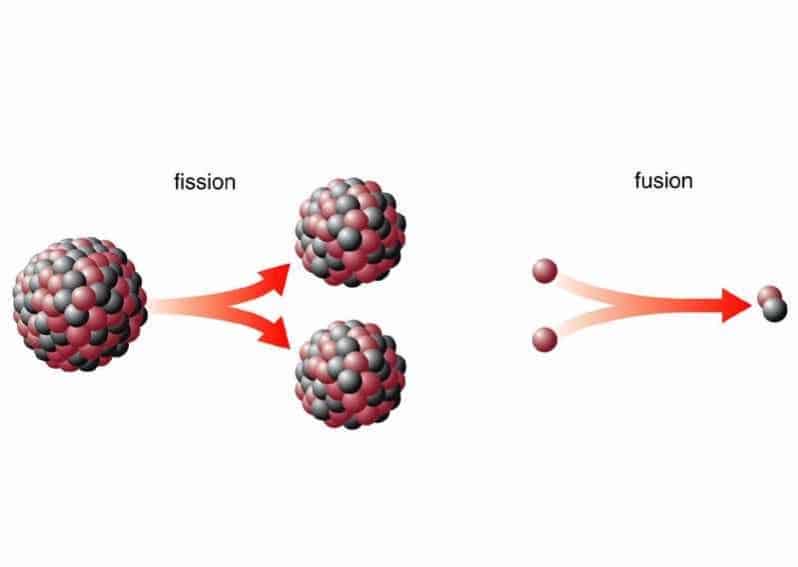
Physicists at Cornell University have pushed the boundaries of atomic imaging by pushing the resolution of an electron microscope by a factor of two. While many modern smartphones have high-resolution cameras that allow you to zoom in a lot, they’re no match for this setup that can reconstruct ultraprecise images with one-trillionth of a meter precision. You can see individual atoms and the chemical bonds in molecules.
The researchers, led by Professor David Muller, devised an electron microscope pixel array detector and state-of-the-art 3D reconstruction algorithms to take laser-precise images of atoms. The resolution is so sharp that the only blurred element is the thermal jiggling of the atoms themselves.
“This doesn’t just set a new record,” Muller said. “It’s reached a regime which is effectively going to be an ultimate limit for resolution. We basically can now figure out where the atoms are in a very easy way. This opens up a whole lot of new measurement possibilities of things we’ve wanted to do for a very long time,” Muller said.
The breakthrough hinges on a computer-algorithm-driven technique known as ptychography, which works by scanning overlapping scattering patterns from a sample and then looking for changes in the overlapping region.
“We’re chasing speckle patterns that look a lot like those laser-pointer patterns that cats are equally fascinated by,” Muller said. “By seeing how the pattern changes, we are able to compute the shape of the object that caused the pattern.”
The detector used by the electron microscope is very slightly defocused on purpose. This way the blurred beam can capture the widest range of data possible. The data is then used to reconstruct a sharp image of the sample via complex algorithms.
“With these new algorithms, we’re now able to correct for all the blurring of our microscope to the point that the largest blurring factor we have left is the fact that the atoms themselves are wobbling, because that’s what happens to atoms at finite temperature,” Muller said. “When we talk about temperature, what we’re actually measuring is the average speed of how much the atoms are jiggling.”
Due to the jiggling of the atoms, the researchers claim that their achievement is almost at the physical lower bound of atomic imaging. Theoretically, they could break their own record and achieve an even higher resolution by freezing the sample close to absolute zero temperature. However, even at close to zero, there are still quantum fluctuations and the improvements would only be marginal at best anyway.
Electron ptychography will allow scientists to identify individual atoms in 3-D space that may be obscured by other imaging methods. Immediate applications include detecting impurities in samples, as well as imaging them and their vibrations. For the industry, this is particularly useful when assessing the quality of semiconductors, catalysts, and sensitive quantum materials meant for quantum computers.
“We want to apply this to everything we do,” said Muller.”Until now, we’ve all been wearing really bad glasses. And now we actually have a really good pair. Why wouldn’t you want to take off the old glasses, put on the new ones, and use them all the time?”
The findings appeared in the journal Science.
This article originally appeared in May 2021.






